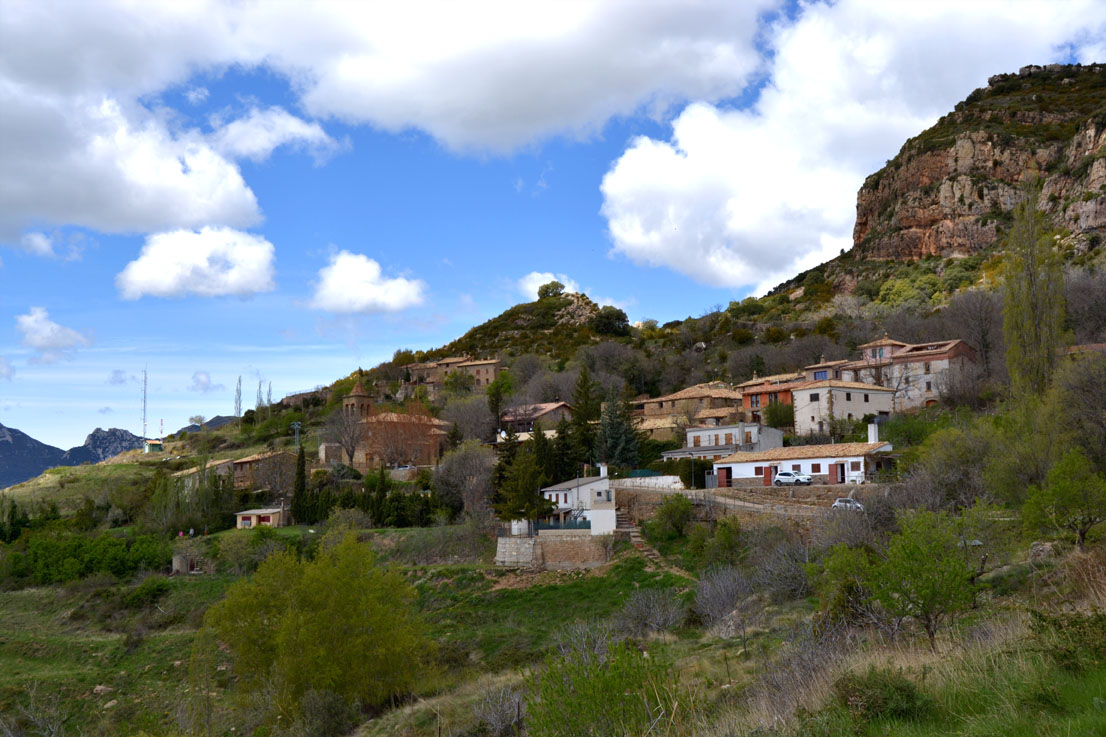
In a spectacular location 1,060 meters above sea level, Santa Eulalia de la Peña charms visitors with its simple hamlet that hugs the terrain, mere meters from the Sierra y Cañones de Guara Natural Park.
The parish church, located close to the edge of a cliff, is dedicated to San Mamés. The ceiling features small decorative details from when it was built in the 18th century.
Nearby is the boundary cross, which dates back to 1891 when it replaced an older version. It has an inscription: "SAN JOVAQUIN", and two figures (one of St. Miguel; the other, unrecognizable, is likely Christ) have been placed inside.
A tympanum decorates the entrance to the cemetery, a tympanum with carved chrismon, a decorative element from the 12th-century chapel of San Miguel de Sen.
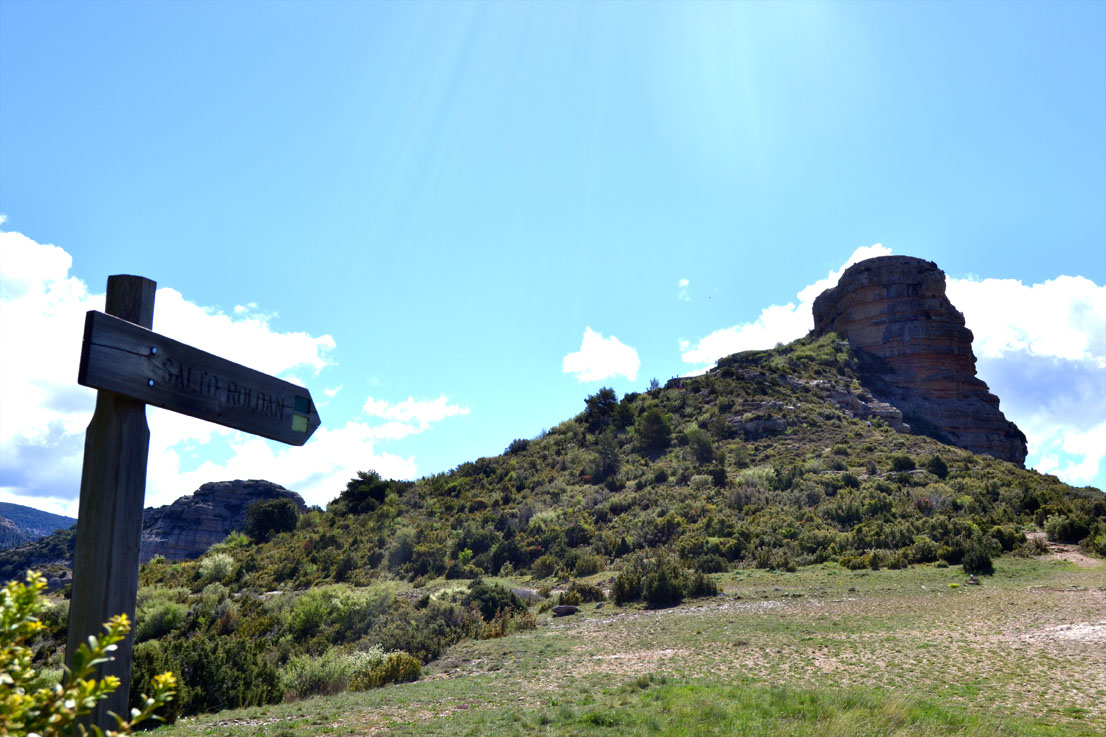
A few kilometers away is one of the region’s most stunning natural sights: the Salto de Roldán. These two imposing aggregate rocks, called Sen and Men (or San Miguel and Amán), are named after Charlemagne's knight, Roldán. According to legend, Roldán jumped from one rock to another to escape his enemies. The remains of the Chapel of San Miguel are found on the Peña de Sen, as well as a small cistern and other elements provide evidence that this was a defensive and strategic point in medieval times, used alternately by Christians and Muslims over the course of the conflict.
Santa Eulalia de la Peña celebrates its annual festival from August 21st to 22nd in honor of St. Mammes.
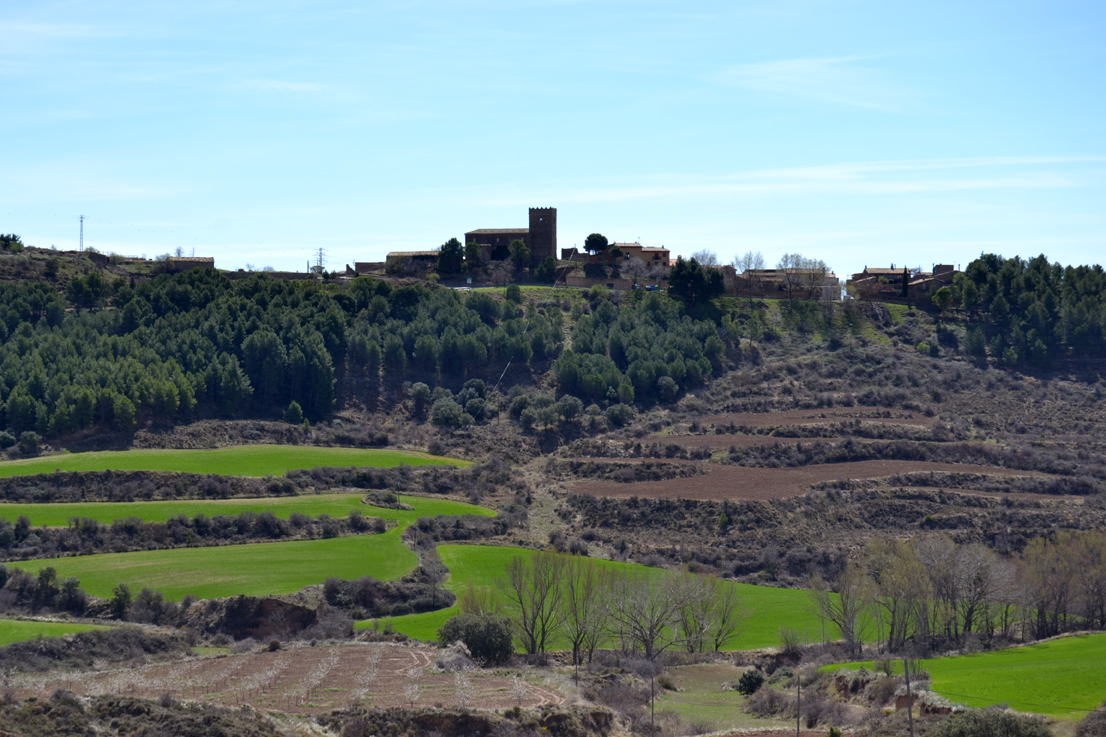
The charming village of Sabayés is located on a small hill near the Isuela River.
Its distinguished hamlet is home to outstanding examples of noble architecture, rough ashlar houses with slate roofs, others with pointed half-arch doorways, popular in 18th-century architecture. Other buildings are modern, but practically all were built to blend with the village.
The Parish Church of San Andrés stands at the highest part of the urban layout, where the hill meets its summit. This Romanesque building was reformed in the 16th and 17th centuries, and only the central walls, topped by modillions, remain from the original church. However, it is the tower that truly draws visitor’s gaze. Imposing and monumental, its strategic position and its robust structure tell the story of a defensive bell tower, with architecture similar to other towers that protected the Pyrenees in medieval times.
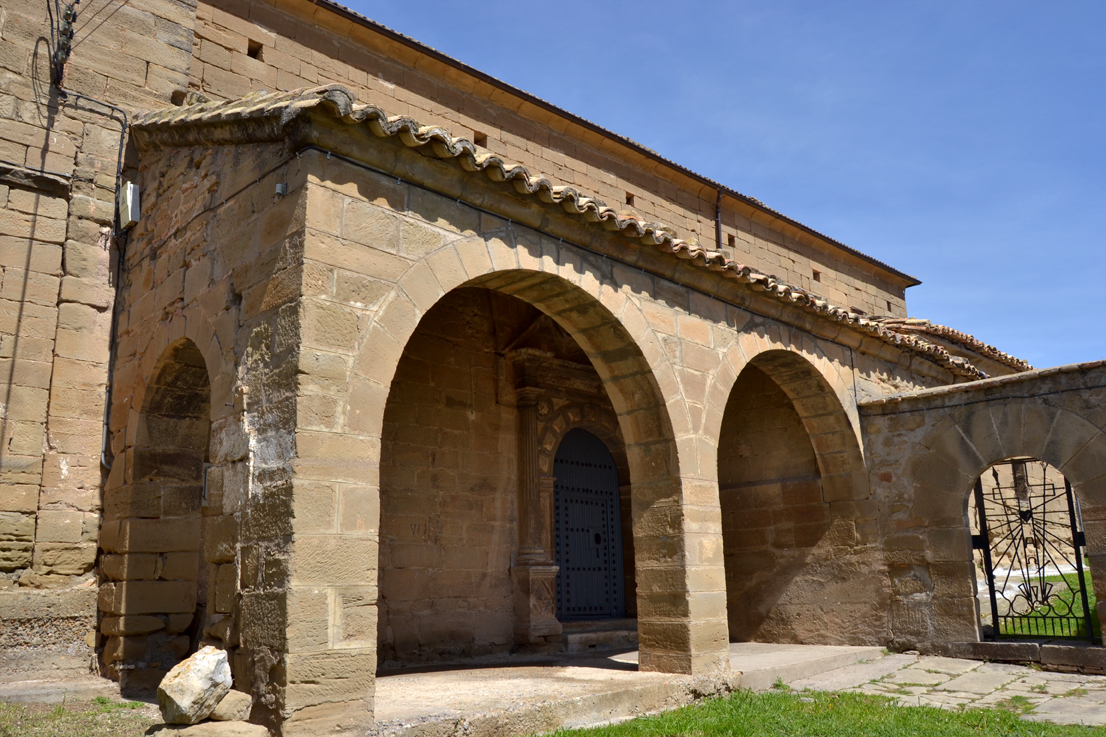
At the western end of the village are the remains of an Iberian-Roman castle, although the building visitors see today was constructed in the 11th century by order of Peter I during the Reconquista, when borders were unstable.
Visitors can follow the signs to the nearby Chapel of Nuestra Señora del Patrocinio, popularly called the “Gallinano”; the “casa del santero”, or abbey, is next to the chapel and was built in 1760. Also nearby is the Fuente de las Huertas, a fountain complete with a trough and laundry sink designed in traditional 17th- and 18th-century styles.
Cellars were excavated into rock of the hill under the castle, and today only small stone and brink entrances remain.
A medieval necropolis is located east of the village.
The charming “Espacio Salto de Roldán” Interpretation Center, dedicated to the region’s botany and livestock, can be reached by road from Sabayés.
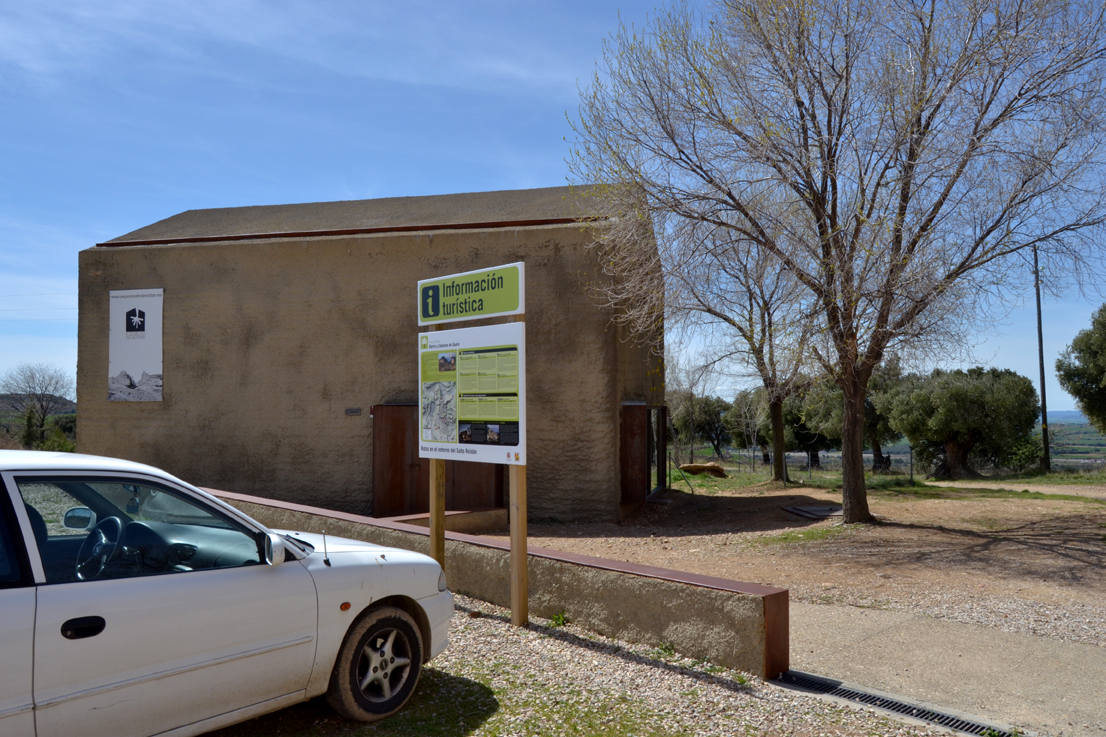
Sabayés celebrates its annual festivals on February 3rd with the bonfire in honor of St. Blas; its major festival is celebrated on September 8th in honor of Our Lady of Patronage; and a minor festival in honor of St. Andrew is celebrated on November 30th.
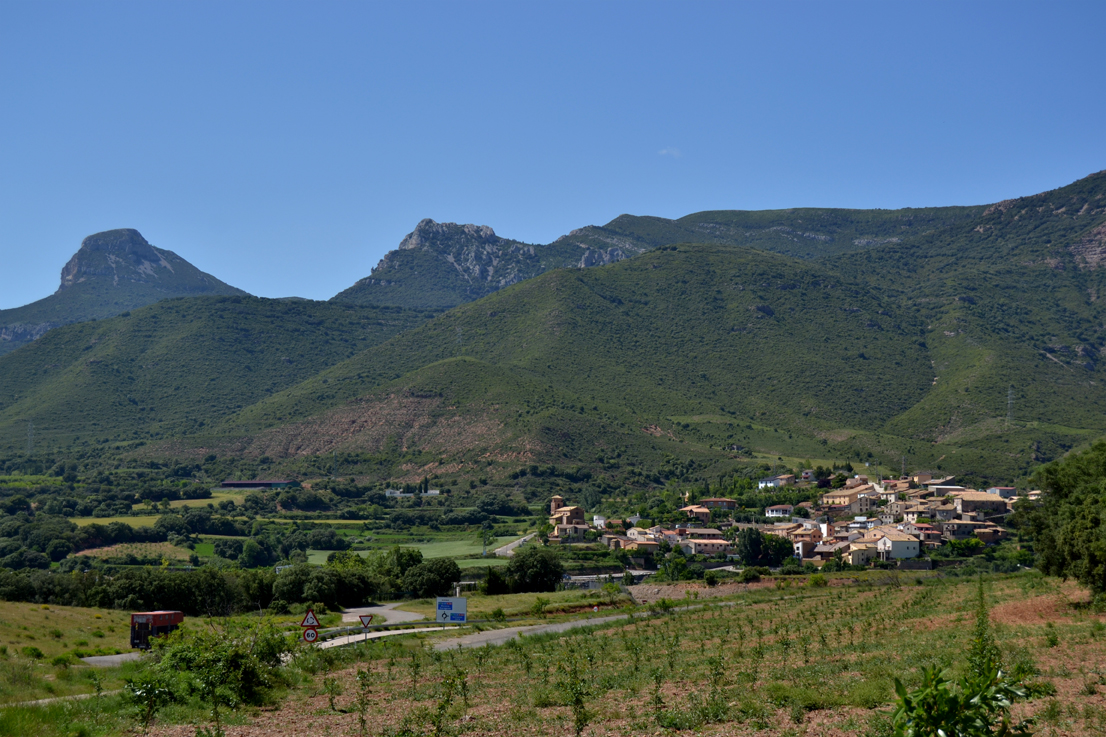
At the foot of the Sierra de Gratal, next to the Isuela River, the village of Nueno sits on a high and unique natural space, visible from all four directions.
The Parish Church of San Martín rises above the village layout of steep and narrow streets. Its 12th-century Romanesque apse contrasts with the brick tower, built with Mudejar techniques and styles: arches, rhombuses, and geometric figures combine to provide a rare example of this style north of the Ebro valley.
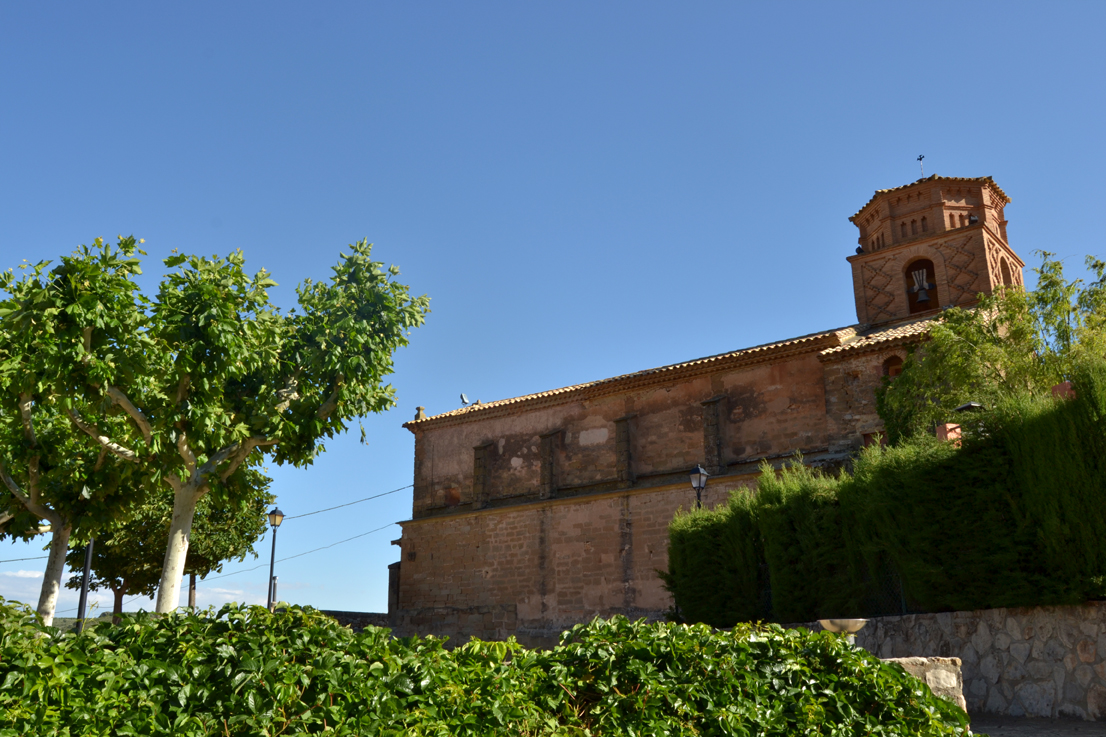
The mill, which continued to operate well into the 20th century, is located in the lower part of the village. Nearby is the Nueno dam, a modern construction built on top of ancient remains.
At the top of a spur, to the left of the gorge created by the Isuela River as it passes through the village, is the 12th-century Ordás Castle, a military-style construction that still preserves a large masonry wall. Nearby is the Chapel of Nuestra Señora de Ordás, a former monastery for nuns, documented as early as the 12th century, which was built in several construction phases from the 12th to the 18th centuries.
One of the most popular trails to the Gorgas de San Julián is located on the outskirts of the village, at the entrance to the Golf de Guara; this spectacular ravine was created by the water that slips between the cracks of the imposing aggregate rock walls. These formations are common in Hoya de Huesca and create characteristic landscapes of singular beauty.
Nueno celebrates its annual festival on November 11th in honor of St. Martin.
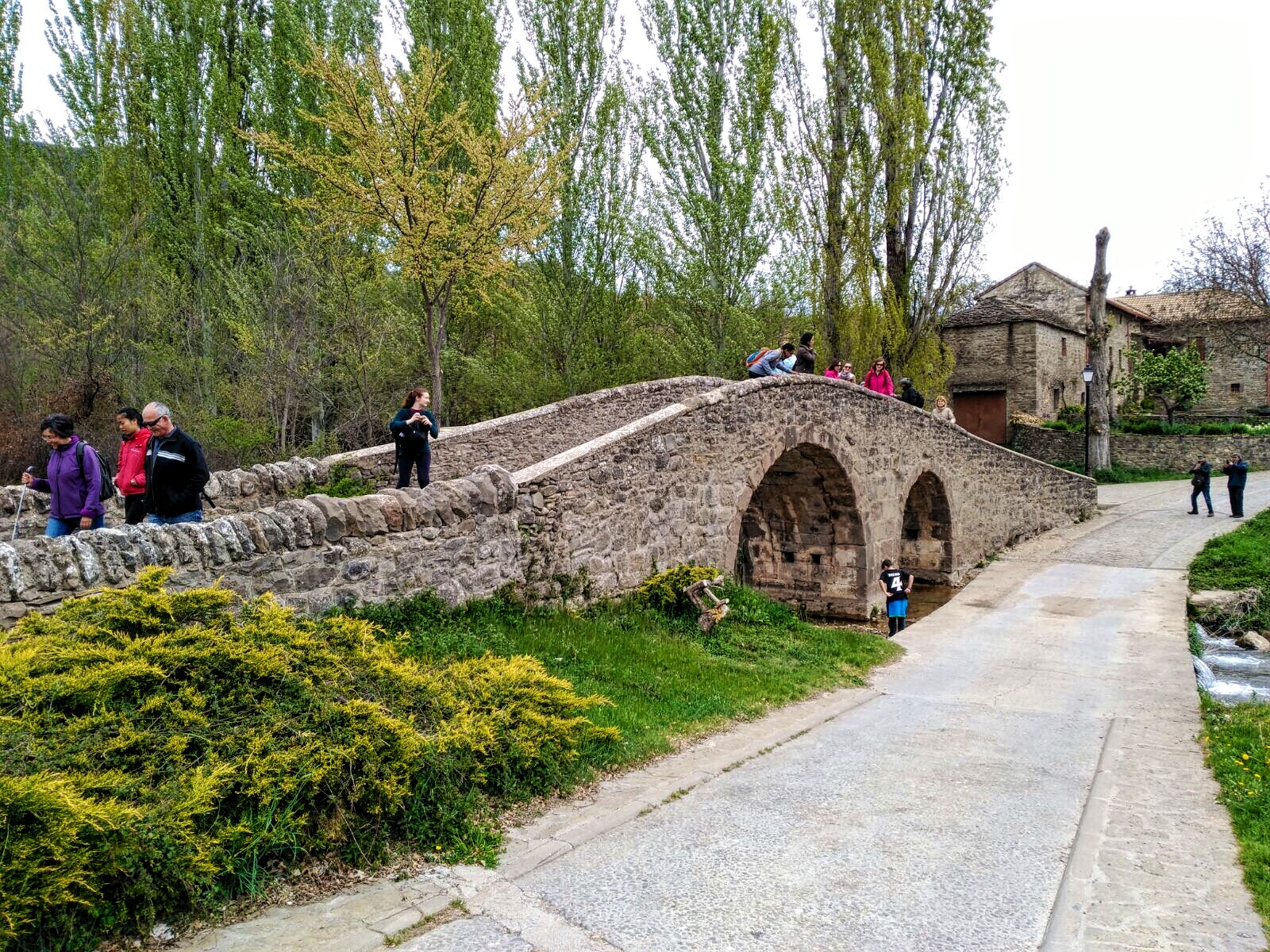
The hamlet of Nocito is nestled in an enclave of singular scenic beauty at the foot of the Sierra de Guara.
Its simple urban layout is divided in two by the medieval bridge that crosses the Guatizalema River.
The traditional mountain-style masonry buildings have slate roofs, and some still bear the coat of arms that identify the noble lineages of the Molinero and Ciprés families.
The village is home to the Parish Church of San Juan Bautista as well as the Church of San Pedro (also called the Church of Santa Marina). This 16th-century building has a rectangular single-nave layout with a rugged wooden coffering and jointed rafters, with a Romanesque-inspired apse.
Nearby is a building of remarkable historical and artistic significance: the Sanctuary of San Úrbez. The building has a single nave, although the location of its chapels creates a Latin cross layout. Built in ashlar, the church has a gabled roof. Most of the building dates back to the 16th to the 18th centuries, although sections of the 12th-century Romanesque part of the church are preserved.
A few meters from the Sanctuary of San Úrbez is an ancient and monumental oak tree that is well worth the visit.
Also nearby, the Chapel of Santa María de las Montañas, of Romanesque origins but rebuilt in 1884.
The area’s natural and scenic sights are also well worth mention. The spectacular Pillera ravine can be reached from the village, as well as the north face of the Tozal de Guara, the highest peak in the Pre-Pyrenees.